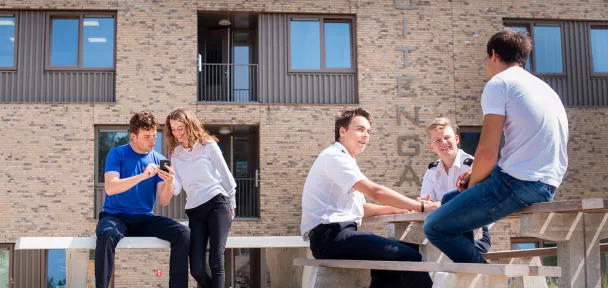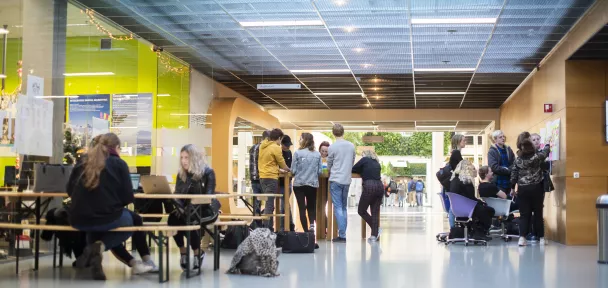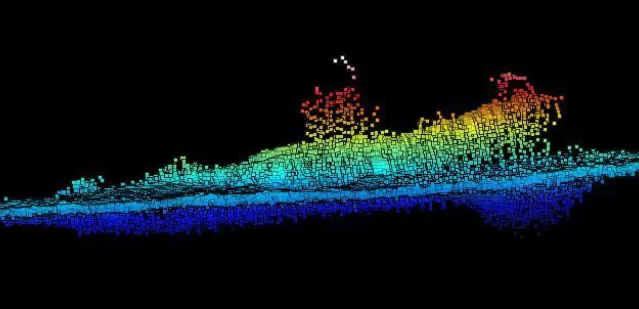
By journalist: Thijs Wolters
Source: Telegraaf
This may for example concern Second World War bombers, which came down before being able to finish their deadly mission, or submarines containing explosive torpedo’s or mines.
Especially because it is unclear how dangerous the wrecks and their cargo are, more research into the matter is required. Lector Welmoed van der Velde of the Maritiem Instituut Willem Barentsz, part of NHL Stenden Hogeschool, has therefore started an inventory within the project Interreg North Sea Wrecks: „We know that there is ‘something’ at some three thousand locations. A large part of the wrecks originates from the First and Second World War, so it is likely that these are dangerous. That is why we want more information, in order to make that assessment.”
The North Sea is large, so de risks are – although present - not enormous. However, if a large wind mill park is to be located somewhere off the Dutch coast, it is useful for the builders to know whether they should take the presence of plane bombs, which may remain perilous for a long time, into account.
For an inventory of a wreck, the researchers from The Netherlands, Belgium, Germany and Denmark look at a number of features: “One looks at the type of ship. By using sonar, we can determine what condition the wreck is in; is it shattered, for example? In part, it is also a historical research. This is executed by our project group, but also by Defence Ministries in our country and neighbouring countries. For example, the German Kriegsmarine has recorder almost all manoeuvres in writing.”
International cooperation, therefore, because of the considerable size of the job. And not necessarily from an EU point of view, Van der Velde says: „The first step is a quick trip around the North Sea. Norway and soon the United Kingdom are not part of the European Union.” That cooperation is necessary, because an international treaty that includes regulations for the salvage of wrecks, is not applicable to warships. These ships and fighter aircraft, which pose the greatest danger, fall outside the scope of this treaty.
Van der Velde: „This is where you see loopholes in regulations. Other country’s wrecks are located on our territory and ours on theirs. It would be best if we would reach agreement on how to manage the risks, how to categorise wrecks. I have already noticed that, because of the cooperation with other countries, it is much easier to discuss these matters.”
There are however more factors to take into account besides the risks. Many of the wrecks are in fact seaman’s graves, because ships and planes have often perished with all hands on board. This also requires consideration, Van der Velde says: „Salvage regulations co-exist with regulations on how to handle seaman’s graves. However, the relationship between the two sets of regulations has not yet been determined. We hope to be able to make recommendations at the end of the project, in four years’ time.”
In making the inventory, Van der Velde is assisted by NHL Stenden Ocean Technology students, who are having the time of their lives: „It is tremendous fun for the students to discover new things. Our findings are immediately incorporated in the learning material.”



